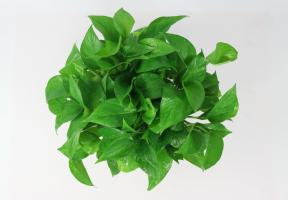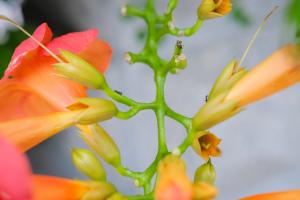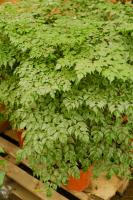1、 How
1. Pile raising: make preparations for pile raising before making bonsai. Pile raising refers to planting the freshly excavated elm stumps in the wet sandy soil after treatment, or planting them in the tile basin with wet sandy soil for maintenance, so that the stumps can take root and recover their growth
2. Pruning: at this time, pruning is mainly for dead branches, sick branches and roots. Especially when trimming the root, the problematic part shall be trimmed clean. Then apply some erythromycin ointment to the wound, which is conducive to healing. If there is too much viscous juice flowing out of the scissors, you can apply ointment, sprinkle a layer of fine sand, and then seal it with plastic film to restore it
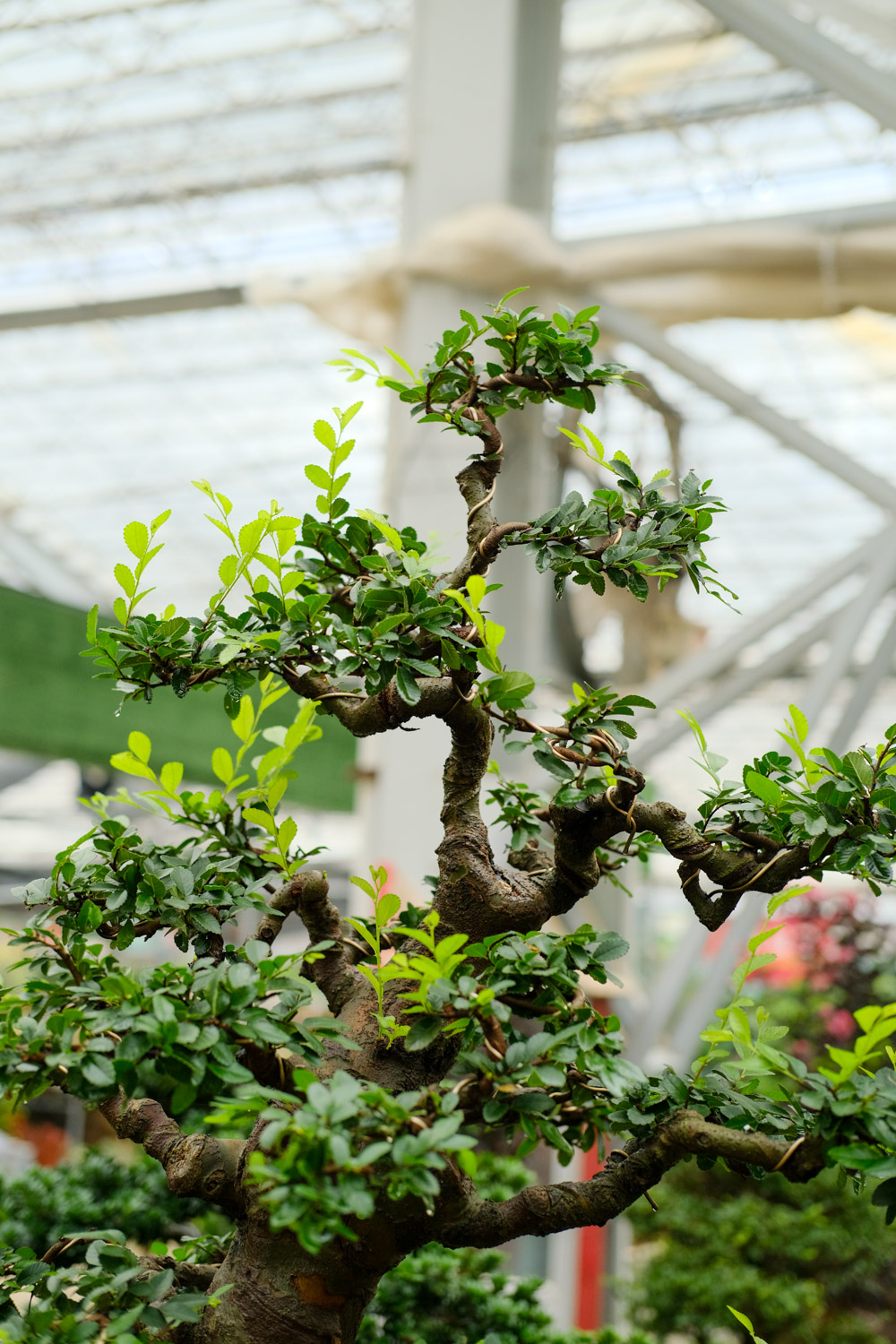
3. Upper basin: after the plant resumes growth, the upper basin can be maintained normally
4. Modeling: after the plant survives, it can be trimmed and modeled for the plant. According to the basic shape and growth of plants, choose to make bonsai in the form of straight dry type, inclined dry type, curved dry type, cliff type, jungle type, stone attached type and so on. In addition, long and disordered branches need to be cut off during growth to keep the branches in a beautiful shape
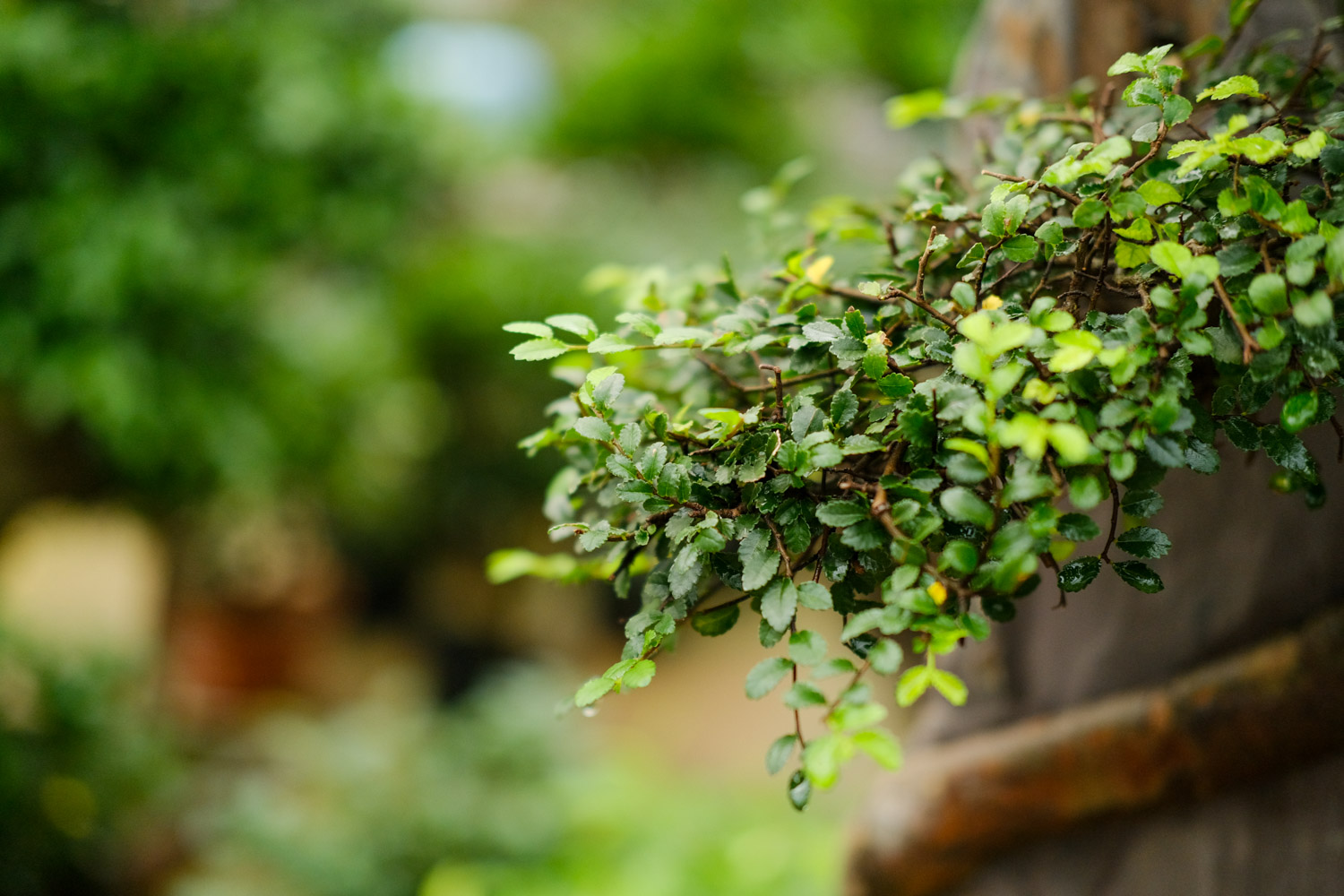
2、 Is little elm seedling OK
Small elm seedlings can be made into bonsai. Ulmus pumila seedlings have strong budding power, pruning resistance, fast growth and long service life. They are good materials for making bonsai. When the new leaves just grow, it is the best viewing time for the small elm seedling bonsai. All the old leaves should be removed in the first and middle of August, and the water and fertilizer management should be strengthened in the later stage. By the middle and late September, new leaves will grow again, which can improve the ornamental value of elm bonsai


 how many times do yo...
how many times do yo... how many planted tre...
how many planted tre... how many pine trees ...
how many pine trees ... how many pecan trees...
how many pecan trees... how many plants comp...
how many plants comp... how many plants can ...
how many plants can ... how many plants and ...
how many plants and ... how many pepper plan...
how many pepper plan...
